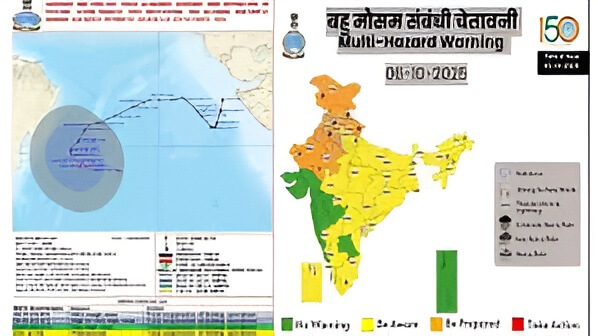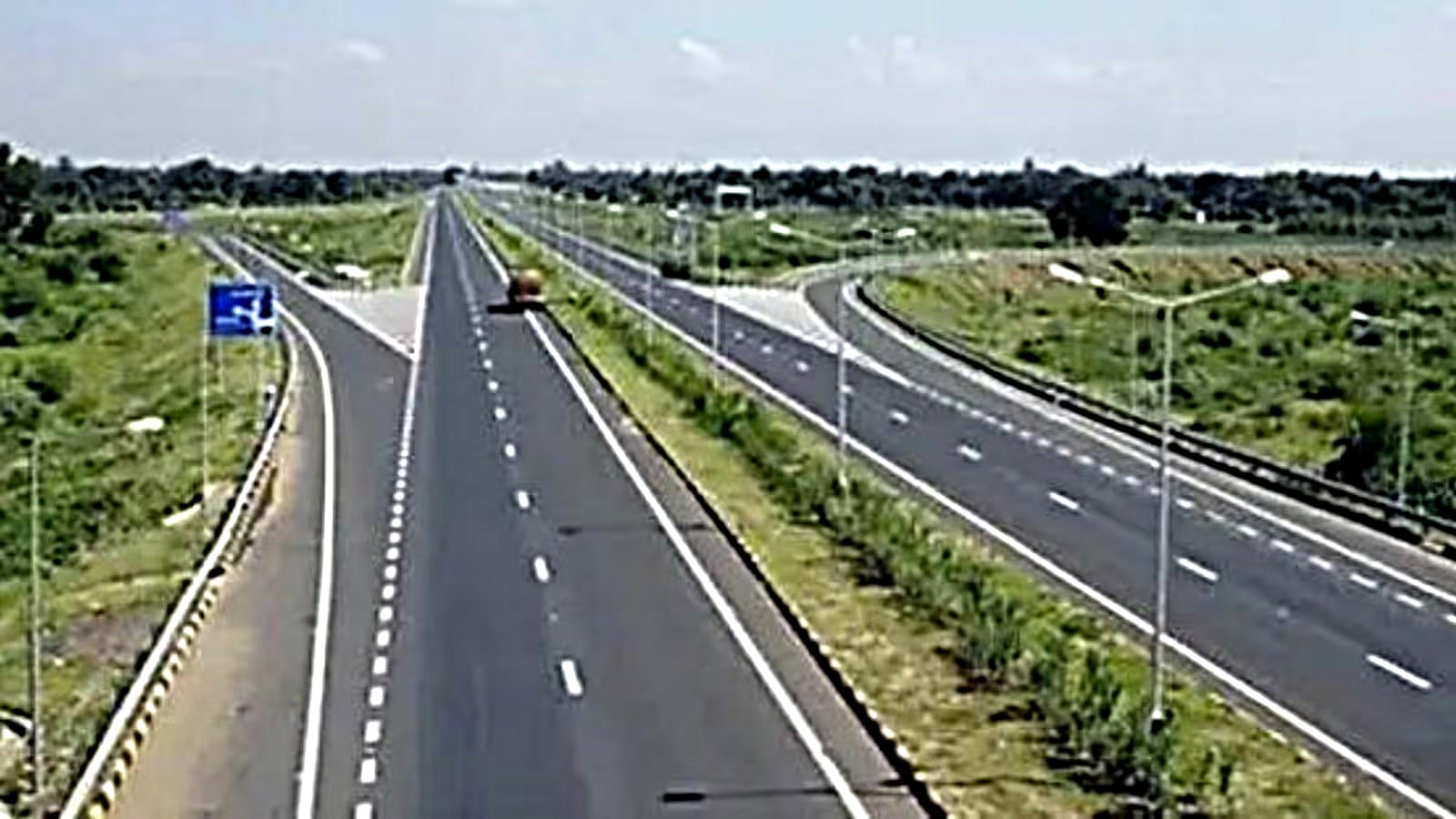
Cyclone Shakhti: North Bengal Floods and IMD Alerts
Heavy rains have wreaked havoc in North Bengal and other parts of India, prompting the India Meteorological Department (IMD) to issue an orange alert for seven states including Haryana, Punjab, Himachal Pradesh, Jammu and Kashmir, Rajasthan, and Uttarakhand. This alarming weather forecast predicts significant rainfall, particularly on October 6, which could lead to further complications in already affected areas.
Cyclone Shakhti, originating from the Arabian Sea, has weakened but is still expected to bring heavy rain. According to the IMD, the cyclone is moving east-southeastward and is likely to weaken into a depression by the morning of October 7. Despite this weakening, the anticipated rains could create adverse weather conditions across Northwest India.
The situation is dire in West Bengal, where a flood alert has been issued following an overflowing dam in Bhutan. The Tala Hydropower Dam faced a technical failure, leading to severe flooding in the regions of Mirik, Jorebunglow, Maneybhanjang, Sukhiapokhri, Falakata, and the Darjeeling hills. The incessant heavy rainfall has resulted in devastating landslides, claiming over 28 lives, with many individuals reported missing.
The Bhutan's National Centre for Hydrology and Meteorology (NCHM) confirmed that the dam gates failed to open, causing the river water to overflow its banks. This incident highlights the vulnerability of the region to extreme weather events and raises concerns about infrastructure management in the face of climate change.
As temperatures in Northwestern states are expected to drop by 4 to 5 degrees Celsius starting October 8, communities must brace for more challenges. The IMD's alerts serve as a reminder of the unpredictable nature of weather patterns and the importance of preparedness in mitigating the impacts of such natural disasters.
In conclusion, the ongoing situation calls for immediate attention and action from local authorities and communities alike. It is vital to stay updated with the latest weather forecasts and ensure safety measures are in place as the region faces the dual challenges of flooding and a changing climate.













